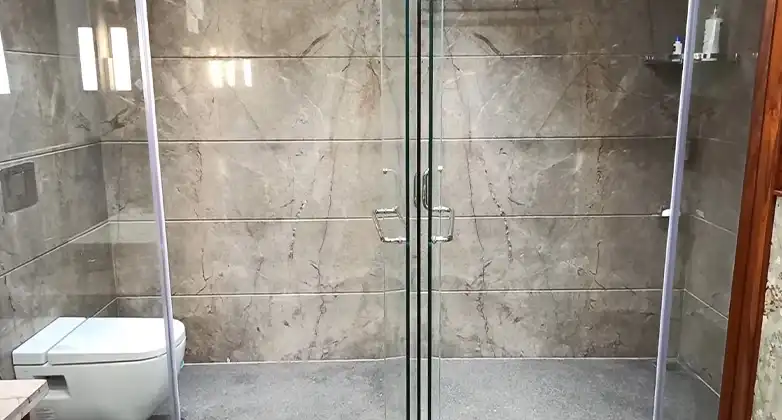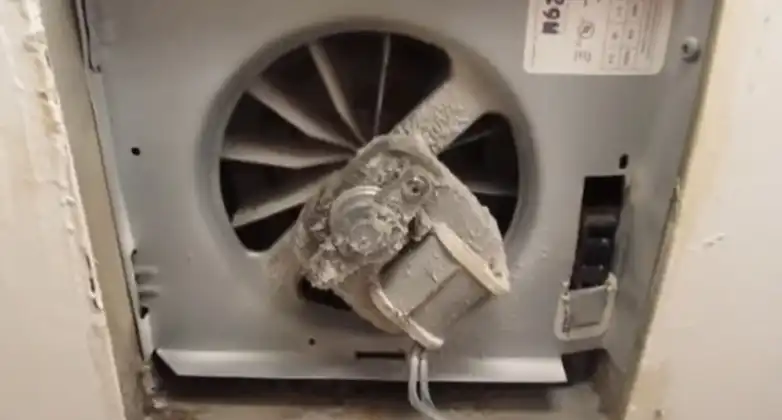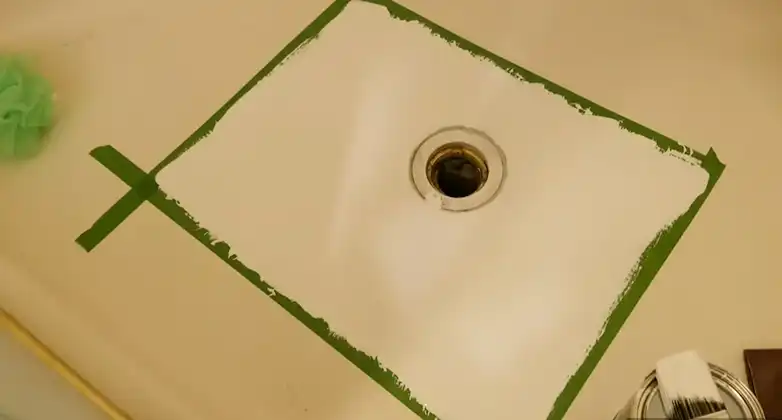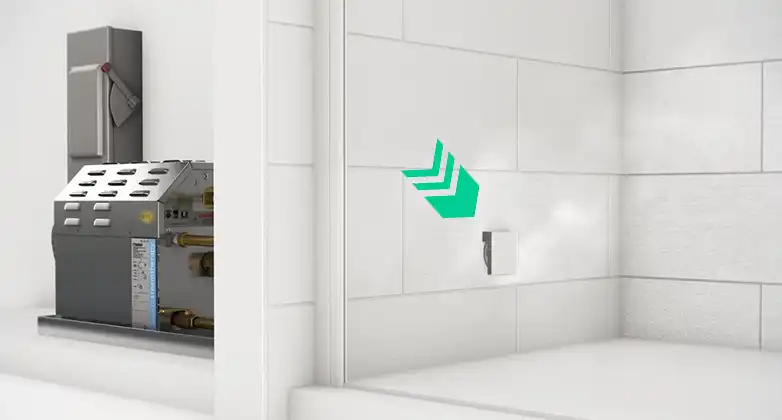When it comes to bathroom ventilation, one question that often arises but isn’t frequently discussed is whether it’s possible to vent two bathroom fans together. For homeowners with multiple bathrooms located in close proximity, this consideration becomes particularly relevant. While some may argue that venting two fans together is not feasible due to code violations and the risk of backdraft, it’s essential to explore the available options and alternatives that can provide a safe and compliant solution.
In this article, we will discuss the potential methods for achieving such ventilation, highlighting the possibilities, drawbacks, and alternative solutions associated with venting two bathroom fans together.
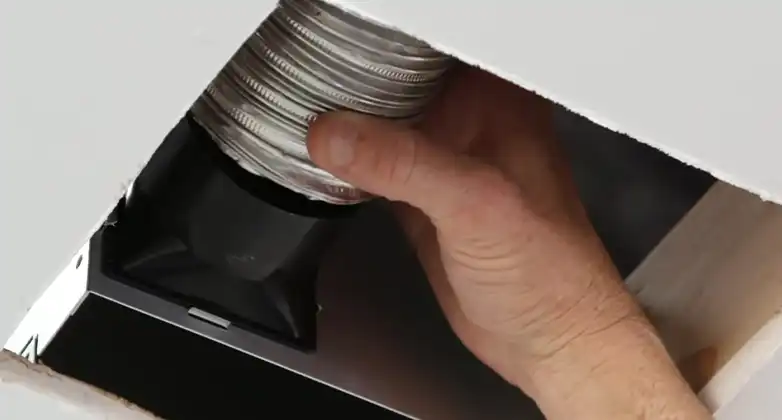
Considerations and Challenges of Venting Two Bathroom Fans Together
While venting two bathroom fans together may seem appealing, there are several drawbacks to consider before proceeding with this approach.
- Code Compliance Challenges: Building codes and regulations vary depending on your location. Ventilating air from one bathroom into another or directing it into unapproved areas, such as attics or garages, can lead to code violations. Failing to comply with these regulations can result in inspection failures, fines, or other disciplinary actions.
- Bathroom Odor Transfer: Venting air from one bathroom into another can create an unpleasant and embarrassing situation when bathroom smells are carried along. The mixing of odors can undermine the comfort and privacy of each bathroom, causing inconvenience for occupants.
- Inadequate Ventilation: Improper ventilation practices, such as venting moist air into the attic or garage, can have detrimental effects. The accumulation of humid air in the attic may contribute to mold growth and structural damage over time. Similarly, venting exhaust into the garage can introduce moisture and potentially compromise the indoor air quality in that space.
- Installation Complexity: Combining two bathroom exhaust fans adds complexity to the installation process. It may require additional work, increase the likelihood of installation errors, and potentially lead to operational issues if not executed correctly. Proper planning, skill, and attention to detail are crucial when attempting this approach.
Exploring Alternatives for Efficient Bathroom Ventilation
Considering the drawbacks and challenges associated with venting two bathroom fans together, exploring alternative solutions may be a more viable option.
1. Creating Separate Ventilation Systems for Each Bathroom
Although it requires more investment in terms of cost, time, and effort, having two separate exhaust vents for each bathroom can eliminate the issues encountered with combining fans. By individually venting each bathroom, you ensure compliance with building codes, prevent odor transfer, and mitigate installation complexities.
2. Non-Fan Solutions for Bathroom Ventilation
In situations where exhaust fan installations are not feasible, traditional methods can be employed to maintain a dry and fresh bathroom environment. Using box fans or reciprocating fans to promote airflow, employing dehumidifiers to reduce moisture levels, and utilizing towels for cleaning and drying surfaces are effective alternatives. Additionally, a range of air freshener options can enhance the ambiance and eliminate unpleasant odors.
Strategies for Venting Two Fans Together
To vent two bathroom fans together, you have a few options:
- Common Exhaust Duct: Connect both fans to a single larger duct leading outside. Ensure proper sizing and sealing.
- Y Duct Connector: Use a Y-shaped connector to join the ducts from both fans into a single duct. Install backdraft dampers to maintain airflow direction.
- Multi-Port Exhaust Fan: Choose a fan with multiple ports to connect the ducts from each bathroom. This ensures centralized ventilation and efficient exhaust.
- Inline Centrifugal Fan: Install a single fan in the ductwork where the two bathroom ducts converge. It effectively extracts air from both bathrooms.
By following these strategies, you can successfully vent two bathroom fans together, ensuring efficient airflow and compliance with building codes.
FAQs (Frequently Asked Questions and Answers)
How many exhaust fans per bathroom?
Typically, one exhaust fan is sufficient for a standard-sized bathroom.
Can you have too powerful bathroom exhaust fan?
Having an excessively powerful fan can cause issues such as back-drafting and inadequate moisture removal. It is recommended to choose a fan with an appropriate airflow rating for your bathroom size.
Are inline centrifugal fans more efficient than individual exhaust fans?
Inline centrifugal fans can provide efficient ventilation by extracting air from multiple sources. However, their installation and cost may be higher compared to using individual exhaust fans.
Can I use one backdraft damper for both exhaust fans?
It is recommended to use individual backdraft dampers for each fan to prevent any backflow of air between the bathrooms.
Conclusion
While the idea of venting two bathroom fans together may seem appealing, it is crucial to consider the drawbacks and potential complications that may arise. Code compliance, odors transferring between bathrooms, improper ventilation, and installation challenges can pose significant issues. Exploring alternative solutions, such as having separate exhaust vents or utilizing traditional methods, can offer a more practical and effective approach to ensure proper bathroom ventilation. Ultimately, consulting with professionals and adhering to local building codes is crucial to achieve a safe and compliant ventilation system in your home.

